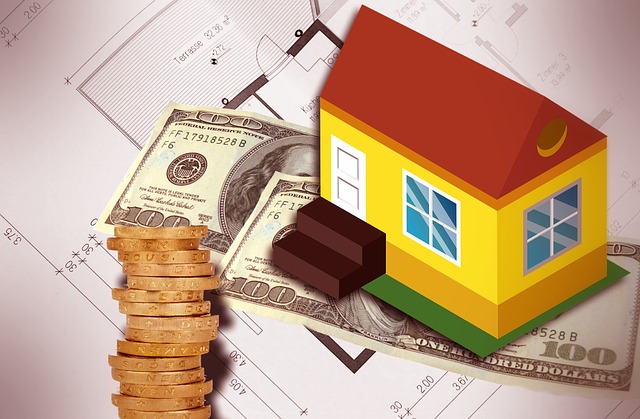Property Asset Management: A Comprehensive Guide
 The difference between real estate managers and property asset managers is often blurred, so let’s clear it up before we begin. The first ones handle day-to-day activities and are focused on the current state, while the others focus on maximizing the property value and increase its returns. This includes manufacturing, development, research, warehousing, and basically treating a property like a small enterprise, with the task of increasing its income. With this said, it is clear that there’s a lot more to it than we can see as simple observers. So, we will try to dig beneath the surface and find out the best practices of property management.
The difference between real estate managers and property asset managers is often blurred, so let’s clear it up before we begin. The first ones handle day-to-day activities and are focused on the current state, while the others focus on maximizing the property value and increase its returns. This includes manufacturing, development, research, warehousing, and basically treating a property like a small enterprise, with the task of increasing its income. With this said, it is clear that there’s a lot more to it than we can see as simple observers. So, we will try to dig beneath the surface and find out the best practices of property management.
Maximizing the Value
This is the most important word in the whole property asset management dictionary. Value is calculated based on net income it generates every year. The goal of asset management is to increase the value of a property. This is done by smart investing. If a house lacks proper maintenance or is in need of repair, the costs of the works should generate larger income when the house is put on sale. Here, it’s important to do your research and know what the home buyers want. Kitchen and bathroom remodeling, for instance, always increase the total price of the house and appeal to potential buyers.
Real Estate Taxes
Real estate taxes are one of the four general categories of costs and they consume a large part of a property’s annual budget. The percentage in which taxes affects the budget varies, but it’s somewhere between 15 and 20, depending on different taxing jurisdictions. Since the taxing is different in different states, it’s possible to save a few percent by acquiring a property in a state that offers the lowest tax rates.
Vacancy
Vacancy is the second category of costs, and even though it seems as insignificant one, it can hurt your budget. In fact, in a recent conversation with the guys behind Slattery Asset Advisory, it was brought to my attention that it ranges between 9 and 18 percent of the average annual gross income. When a tenant leaves the property, the landlord’s source of income is lost. Furthermore, there is a need for re-carpeting and painting, to prepare the apartment for a new tenant. Count in the costs of advertising and legal costs concerning the lease, and you will see how vacancy can damage the budget.
 Utilities
Utilities
The third largest cost on the list, depends on the property itself. Houses and apartments have the lowest costs, while high-rise offices have significantly higher utility bills. Home-buyers will see utility costs as one of the decisive factors for making the purchase. All a property asset manager can do is make sure that the property on sale has smart heating, eco-friendly lighting, good insulation, and all the other things that contribute to lowering energy consumption and utility bills.
Maintenance
Maintenance is the fourth of the category of costs. It consumes 8 to 12 percent of the charged rent, but if it’s not done regularly it can only become more expensive. The delayed repairs only lead to more damage, and what seemed insignificant at first, can grow to be a true disaster which requires more money. Your best strategy is to perform repairs as soon as damage or malfunctions appear, instead of overpaying for them in the future.
Knowing how to manage a property and keeping up with the changes brought on by technology and changing home-buyers’ wishes is a great skill that can generate high income, when done properly. Property asset management is not beneficial only for professionals. It can be very helpful for homeowners when it comes to organizing their costs and upgrading their properties to make them more valuable.